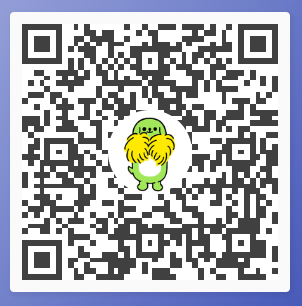MEPS Museum - Metaverse in the Classroom
For a while now I’ve been wanting to deck my class out like a museum. We get a lot of visitors and I like the idea that, rather than me stopping and talking to them as they walk through my class, I could get students to take them on a bit of an interactive tour of the room and explain some of the things they have been learning. Aurasma (now HP Reveal, an augmented reality app), has helped with this previously: we have a life-sized Minecraft creeper at the back of our room and if visitors have the app installed, they can scan the ‘triggers’ and view some of the screencasts my students have made of their Minecraft builds.
He has an Arduino Uno board and MP3 shield attached to a PIR sensor which plays a creeper explosion sound when students pass nearby. You can read more about him here:
https://leehewes.wordpress.com/2016/04/25/my-giant-arduino-and-aurasma-enhanced-classroom-creeper/

We also have a classroom timeline on our back wall, serving as a bit of a backdrop for our presentation stage. As part of their integrated Science/History/English project, students have been researching Australian history from 1900 to the present day. They’ve also been researching changes in ICT over time and when these different forms of technology were introduced to Australia. To make the timeline more interactive, students have made QR codes which link to web pages they have found explaining the introduction of these technologies to Australia. Alongside the QR codes are short paragraphs which explain where the viewer will be taken after scanning the code. I like to think of the paragraphs as a plaque and the QR codes a little bit of a museum exhibit of student research.










After making the QR codes, we thought that it’d be better if rather than just having links to web pages students have found, we could link to pages created by students, like quiz pages or something. A visit to the CSIRO Discovery Centre whilst on school camp in Canberra gave us some ideas.
At the Discovery Centre (funnily enough a museum), students went on a QR scavenger hunt. For this activity they were paired up and given an iPad. It was the job of one student to go and collect a QR code to bring back for their partner to scan. Once scanned the QR codes would take the students to a web page with a question on it. Students then had to move around the museum and find a wall in one of several themed areas which had the answers to their question written on the wall. Once they had read the answer students then returned to the museum attendant who would record their answer and give them a point between one and three, depending on which number was written on the back of their scanned code. Our classroom now has a similar scavenger hunt, except we have gone a little further than QR codes and have now introduced another form of AR into the room.




Enter Metaverse, an online visual programming tool that allows users to create augmented reality ‘experiences’ for the smartphone or tablet. Using Metaverse, the students have designed quizzes for visitors to our classroom.
To do this students had to come up with a series of three to four questions which could only be answered by reading through the text on our classroom timeline. They then used Metaverse and linked a series of scenes together, along with a series of conditional string blocks which only allow users onto the next scene when correctly answering the previous question.
The final product is a QR code, which when scanned then takes the viewer to a student designed quiz. The quiz takes place in AR, whereby an animated .gif is displayed over the real world as shown through the camera on the smartphone or tablet being held by the user. You can think of it as being like Pokémon Go in AR mode, except instead of fighting a Pokémon in augmented reality, you are answering questions provided by a .gif and an underlying soundtrack.
I’ve placed one of the codes below, so you can experience one of student quizzes (provided you have the Metaverse app installed on your device).
I’m happy with how the MEPS Museum is coming along, and happy to have found Metaverse. It’s a useful tool, not just because students can use it to create quizzes and whatever other experiences you can imagine, but because doing so requires a decent amount of problem solving and computational thinking along the way. Skills that I’m sure we’d all like our students to develop.

